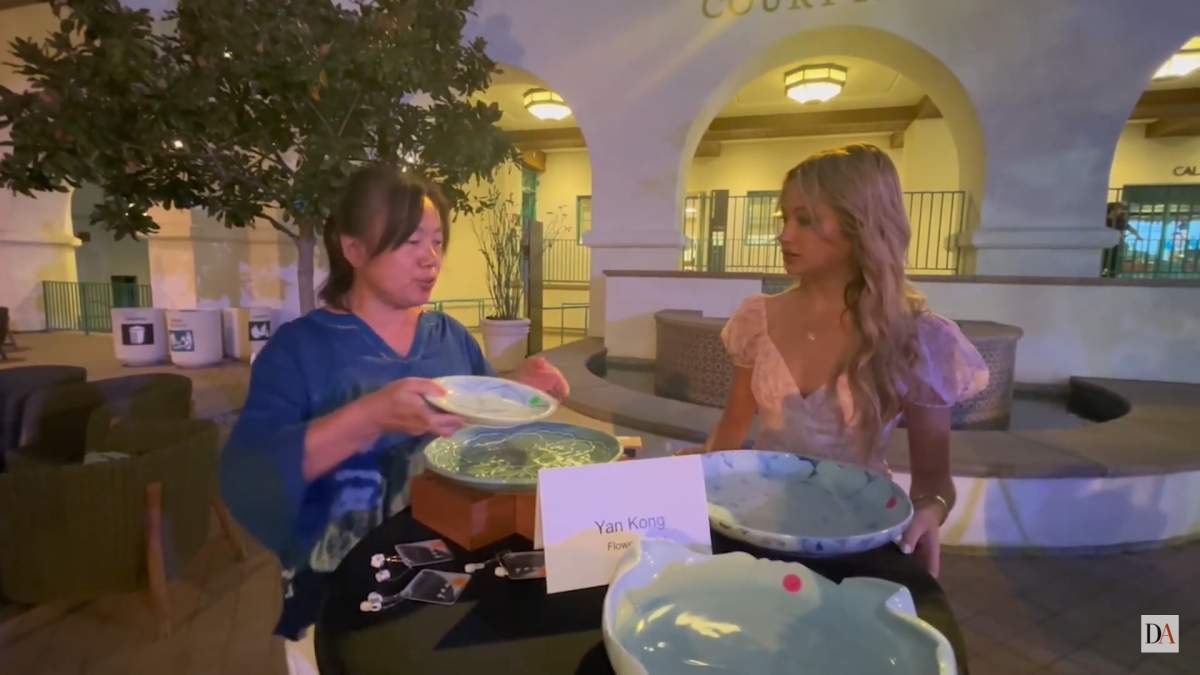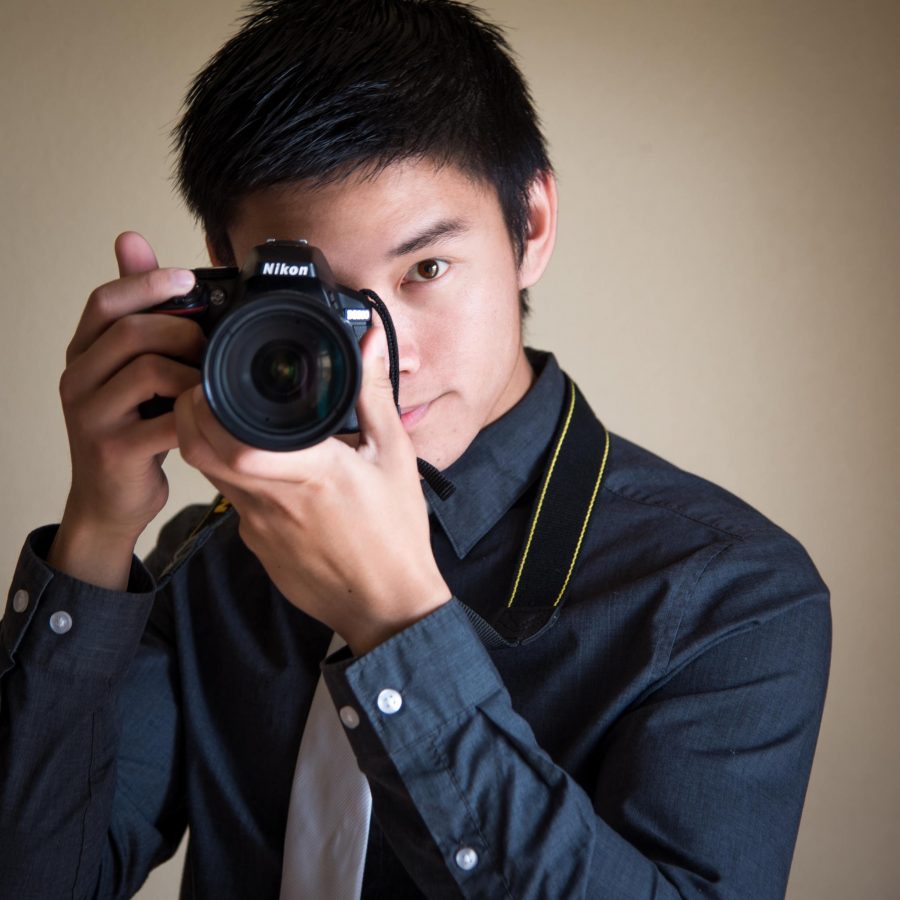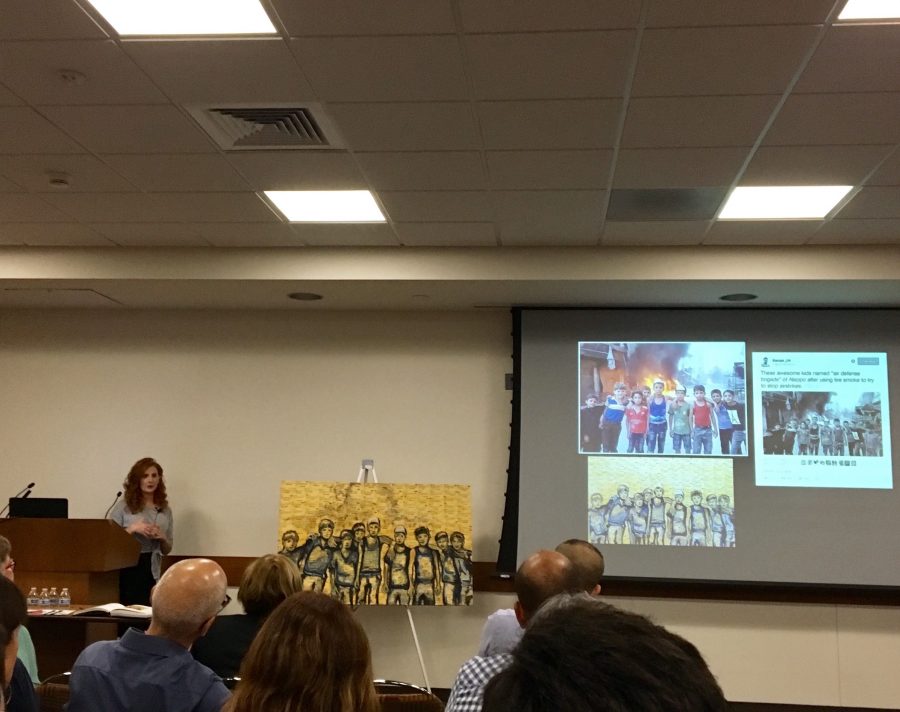
“I have no tale of woe.”
Why the novel “Jane Eyre” by Charlotte Bronte has been created, recreated and adapted into dozens of movies defies easy explanation. How is it possible that a story of a 19th century orphaned governess can still attract modern audiences? The answer is entirely within the inspiring strength of the character Jane Eyre herself.
Orphaned as a child and sent to a strict and unforgiving boarding school, Jane (Mia Wasikowska) does not allow her difficult life put a damper on her ambitions. As a child who has lost all innocence to the evils of the world, Jane’s determination is perceived as “wickedness.” When she leaves school, she is hired as a governess at Edward Rochester’s (Michael Fassbender) estate. She realizes that something strange is occurring within the house and the story weaves through Jane’s tumultuous journey of love and devastation. Though Wasikowska plays Jane with the pale fragility of a small bird, her actions and defiance against societal norms are enough to inspire any audience. Fassbender portrays the handsome Rochester with Mr. Darcy-like moodiness. However, his tenderness with Jane is more evident with the gentle touch of a hand than any modern-day Hollywood kiss. Judi Dench as the housekeeper and Jamie Bell as a brother figure to Jane are devoted to smaller but important roles.
The most recent adaption of the novel is director Cary Fukunaga’s second feature film, just two years after the release of his highly praised movie, “Sin Nombre.” In previous “Jane Eyre” adaptions, the cinematography is dark, misty and sometimes downright eerie. Yet it is always breathtakingly beautiful. Walks in the dark English countryside, candlelit hallways and dark secrets lurk around almost every corner of the film, but are contrasted with the light and airy moments. Though the filming is dark and the storyline heavy, the movie is surprisingly funny. The smallest expressions or the tiniest snippets of wit keeps the movie from seeming too dark and murky. It is a refreshing take on the mundane world of period pieces. The film could not qualify as a comedy, but the sarcastic humor is enough to keep audiences laughing.
Though “Jane Eyre” has been compared to Austen’s frequently adapted classics such as “Pride and Prejudice” and “Sense and Sensibility,” this movie bears little resemblance to the typical period film. The movie does not move at a slow pace but instead intercuts time and place. Jane is not the typical passive heroine, she allows her strong will and good heart to guide her. For those who enjoy the novel, the story remains true to the book. Rather than relying on heavy dialogue, it is best told through the use of the locations, costumes and fantastic casting, which comprise every beautiful scene.
Fukunaga has delivered a refreshing take on the classic novel and has made a timeless story for an entirely new generation of moviegoers.






